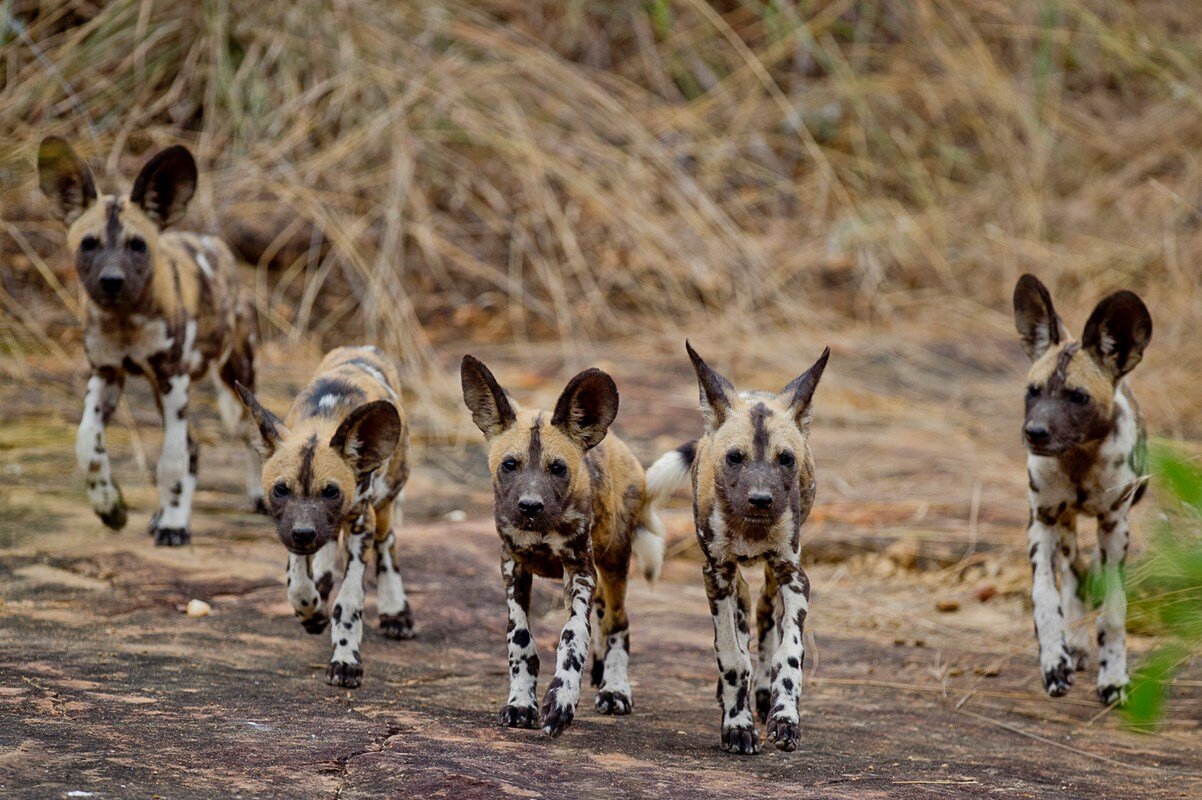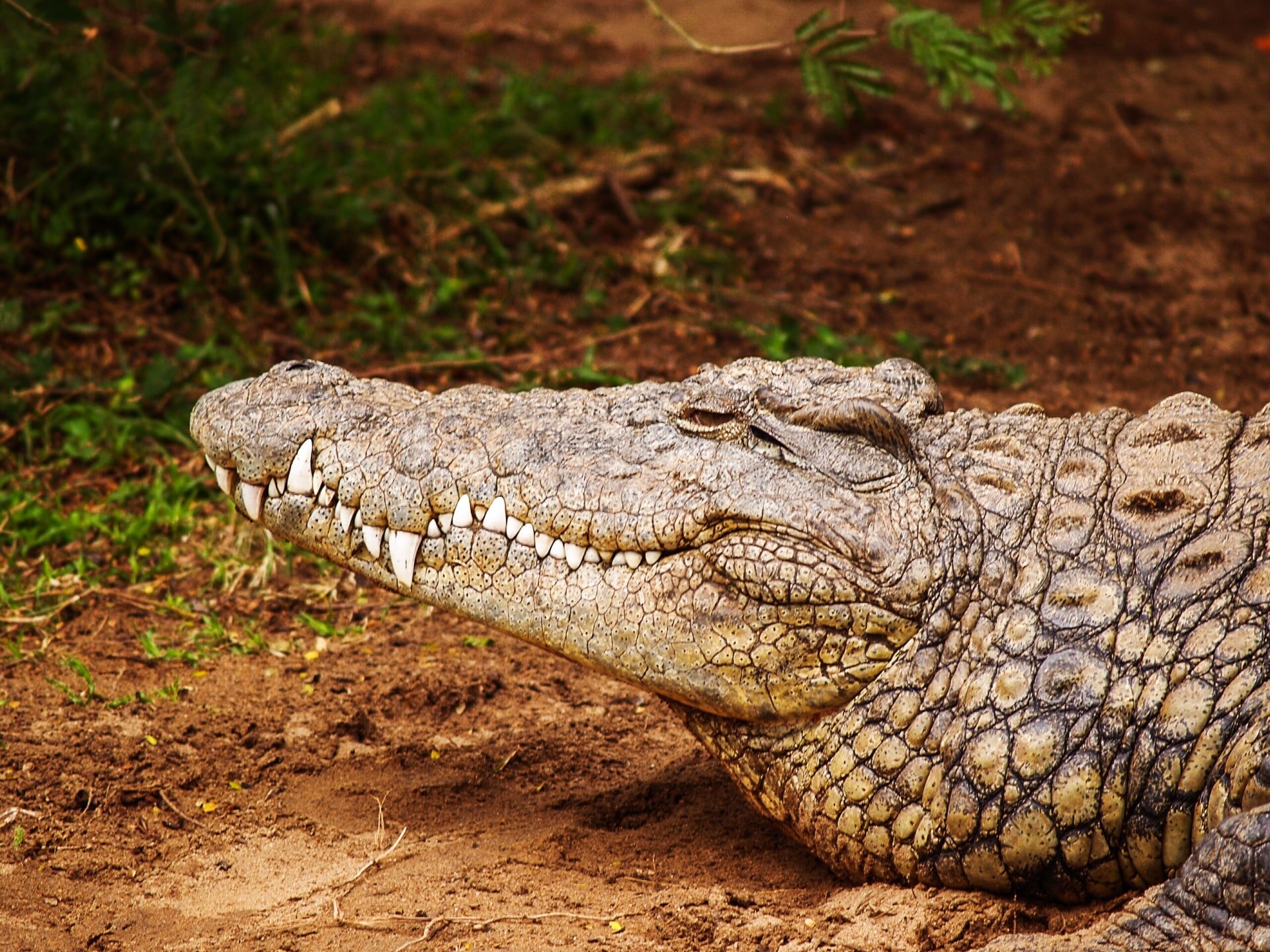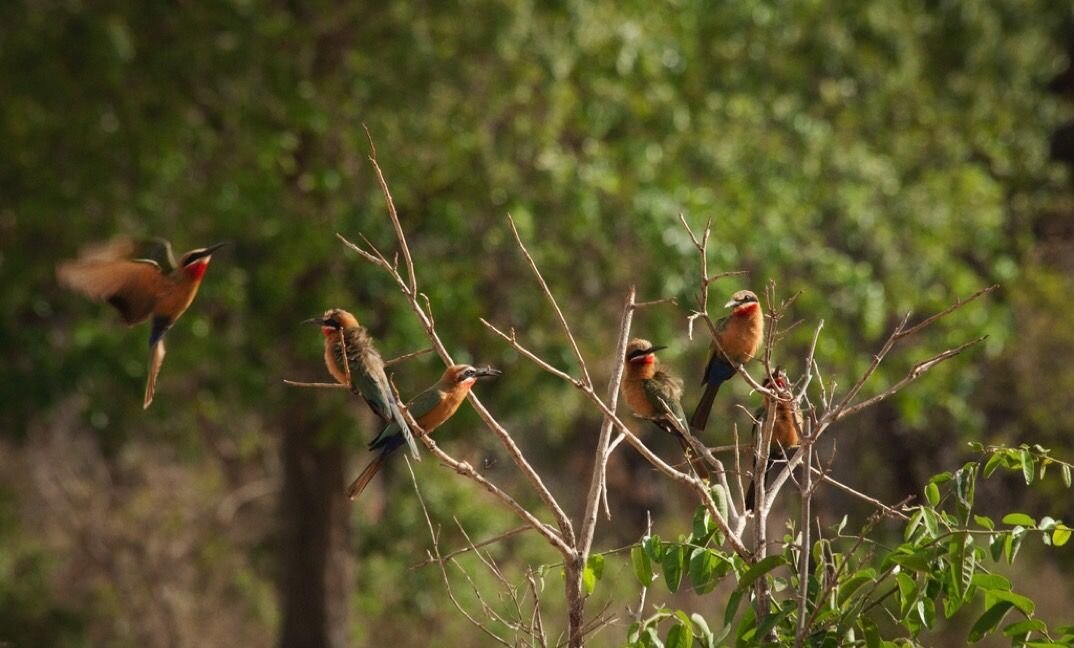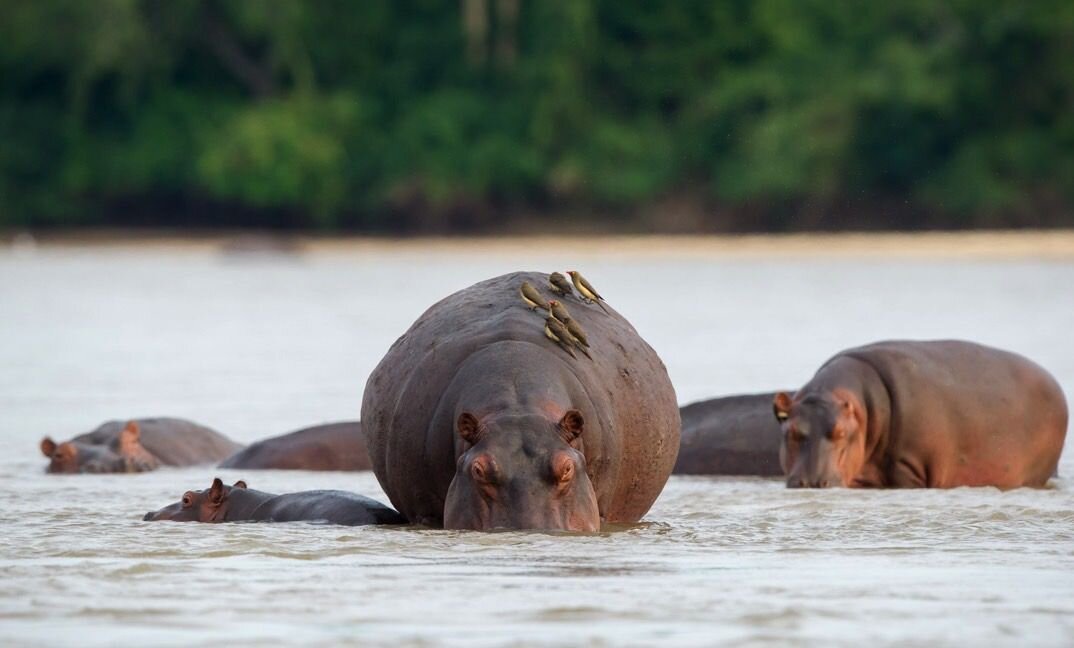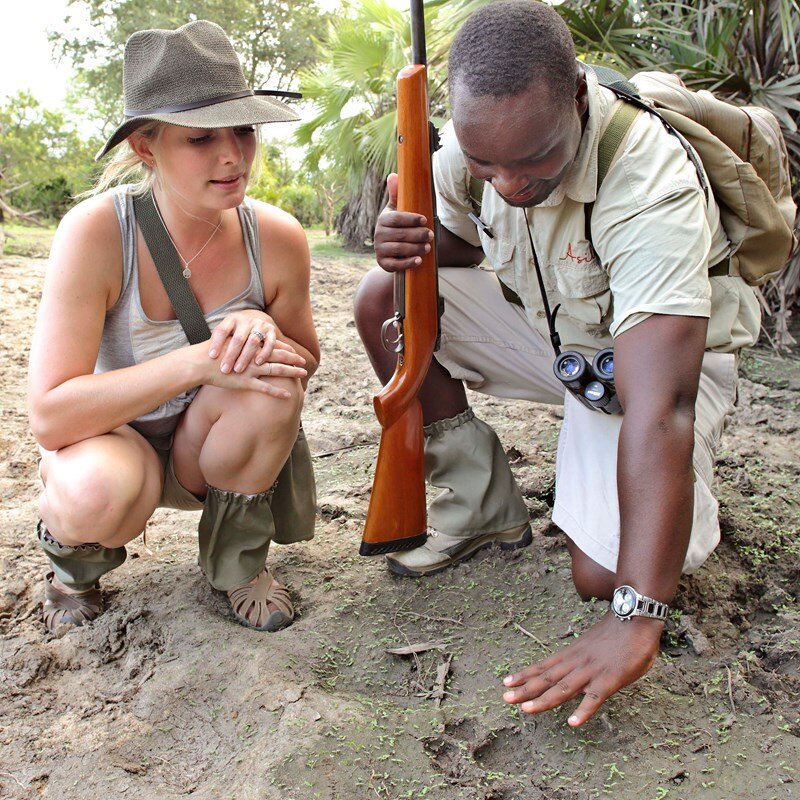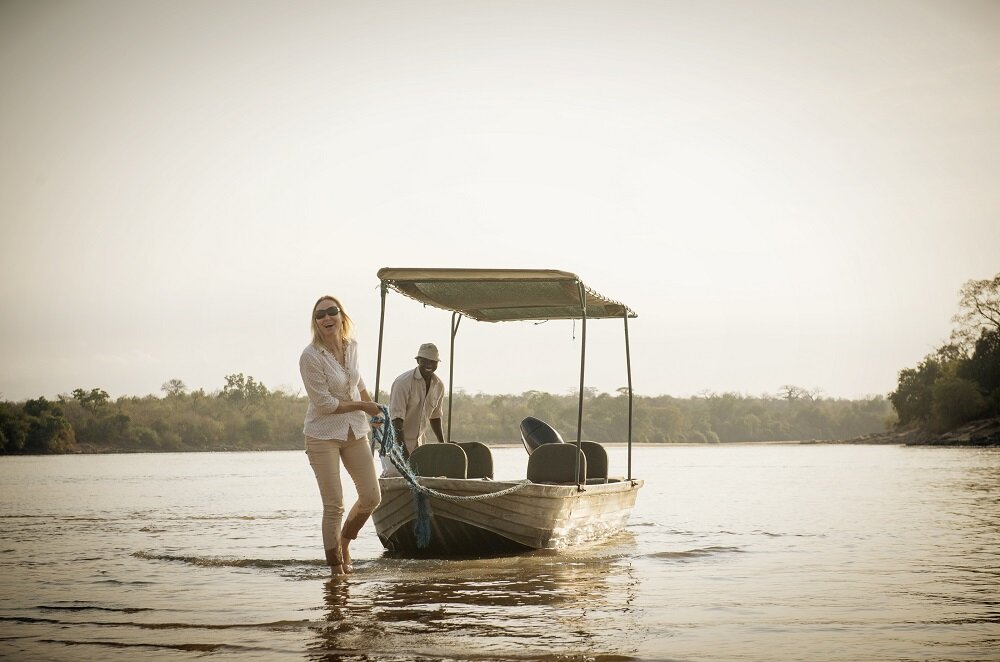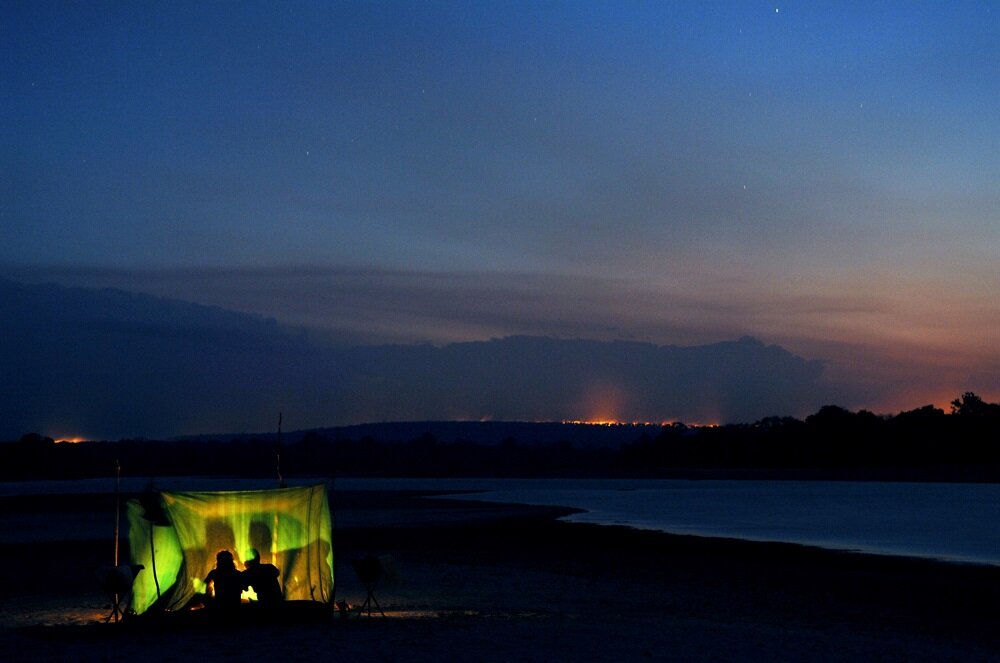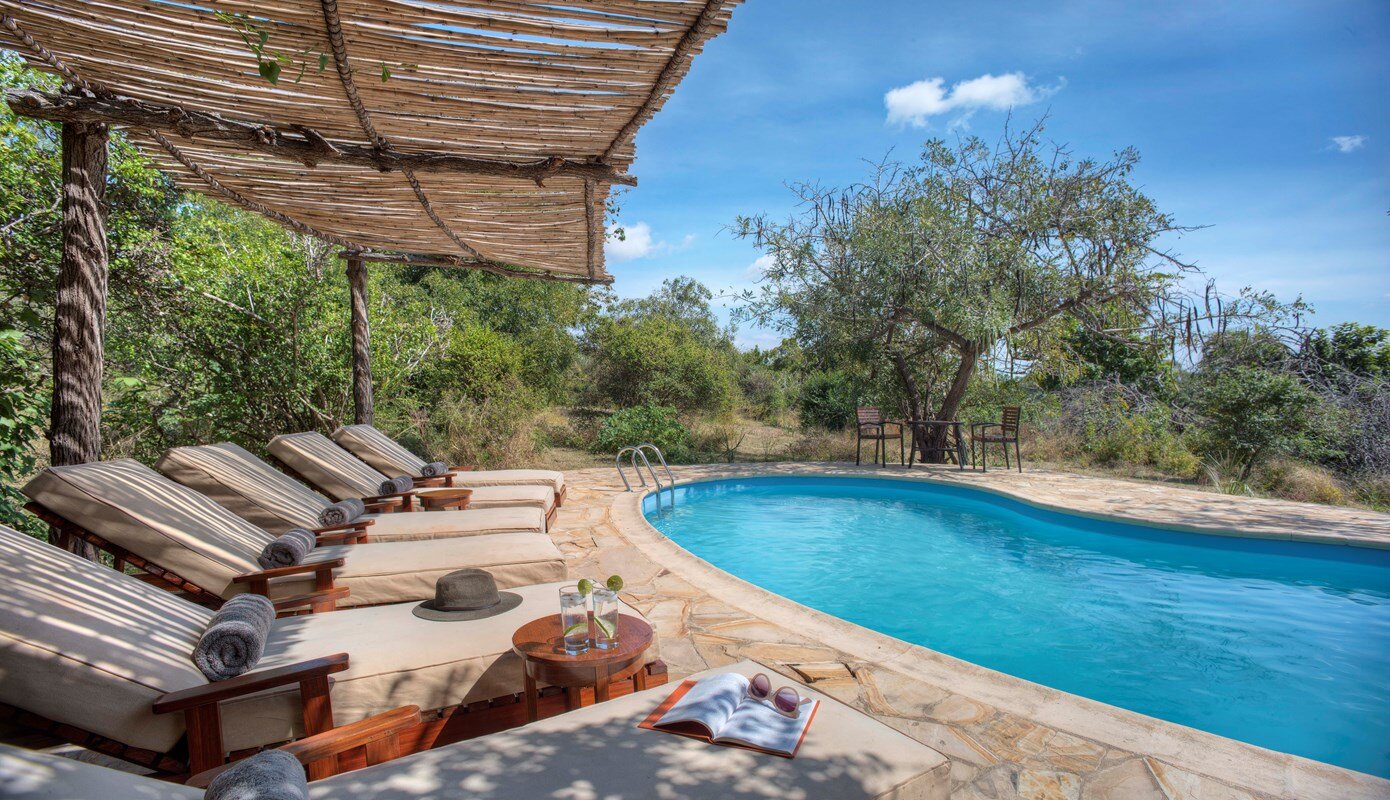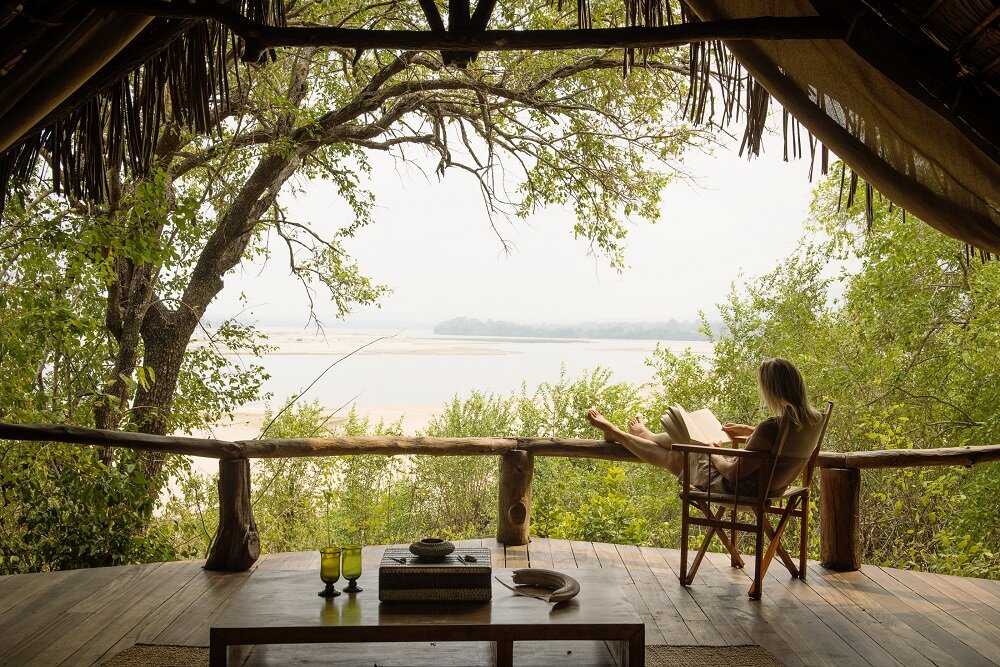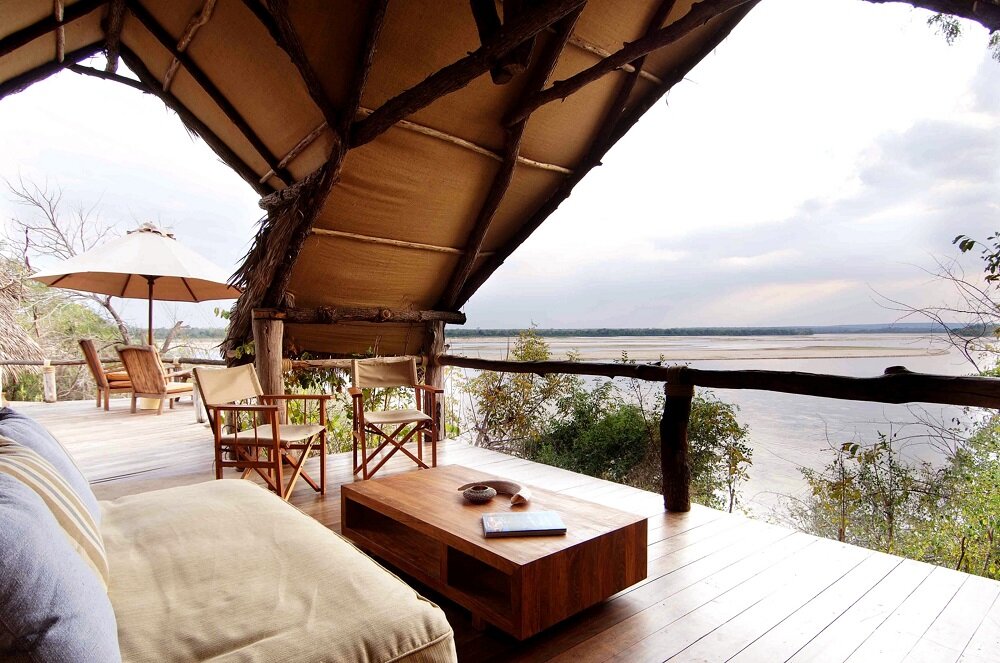Plan the Perfect Nyerere National Park Safari
Located in southern Tanzania and far from the madding crowds, the Nyerere National Park (northeastern part of the huge Selous Game Reserve set aside for photographic safaris) is Africa's largest national park, covering a staggering 30,000 square kilometers. It is the size of Switzerland and twice as large as Serengeti National Park. Due to its dramatic landscapes and great diversity of wildlife, the Nyerere National Park (Selous Game Reserve) was declared a UNESCO world heritage site in 1982. It is a key landscape for endangered wild dog, which share the reserve with plenty of crocodile, lion, leopard, hippo, elephant, black rhino, buffalo and more than 400 bird species. With such a rich array of wildlife, it’s the perfect addition to any Tanzania Safari Holiday.
The rivers and lakes of Nyerere National Park are the lifeblood of the park. Located at the heart of Nyerere National Park , the Rufiji, Tanzania’s largest river, creates a complex network of channels, lakes and swamps that result in one of the most compelling ecological systems in East Africa.
More than just a great place for a seasoned safari enthusiast, Nyerere National Park also offers an amazing introduction to unspoiled Africa. Nyerere National Park is one of the few big game reserves to offer some of Africa's best walking and boat safaris as well as fly camping trips. In particular, the boating safaris set this reserve apart from other Tanzanian parks. The fact that Nyerere National Park is so much quieter (in visitor terms) than most of the rest of the country just adds to its attraction. And if quiet lands, devoid of human presence interest you, you should also read more about Ruaha National Park.
Wildlife in Nyerere National Park
The wildlife in Nyerere National Park is particularly interesting as it attracts both east and southern African wildlife, both resident and migratory, and over 450 known species of birds, which make it a key destination on a Southern Tanzania safari. Lions are particularly strong here and there are large numbers of leopard. The park is home to over 50% of the remaining endangered African wild dog, and also hosts very good populations of elephant, crocodile, hippo, spotted hyena, buffalo, giraffe, eland, sable, kudu, baboon, wildebeest, zebra, impala, hartebeest, colobus and vervet monkeys along with over 450 species of bird. Over time, Nyerere National Park has been home to a large proportion of Tanzania’s elephant population, but because of an unfortunate increase in poaching over recent years, elephant numbers are much lower than they once were. If elephants are you main reason for visiting Tanzania, check out our guide to Tarangire National Park, as Tarangire has the largest population of elephants in all of Tanzania.
When To Visit Nyerere National Park
Nyerere National Park is a classic dry season park, with the game viewing getting progressively better the later in the season you travel. There are few mosquitoes during the dry season and the humidity is lower. However, because of the drought, it can get quite dusty. The best time of year for the greatest overall concentrations of game is from July to October but don’t underestimate the other times - throughout the year, game viewing is very good in various areas. During January and February you will need to choose your camp very carefully as the game migrates away to more fertile feeding grounds. Birding at this time of year is absolutely world class.
The hottest time of year is between November and March, but there’s good wildlife viewing as the animals are still active and there are often fewer vehicles and boats in the reserve. The migratory birds arrive during these months, too. The short rains fall in November, with humidity building until April. The long rains are from April until May and most camps and lodges close during this season.
Activities in Nyerere National Park
Game drives are rewarding, particularly towards the end of dry season, when large mammals concentrate around the five lakes. However, standard daytime game drives are just the beginning. One of the main attractions here is the variety of game viewing activities available. Boat safaris drift on the lakes and channels, approaching birds and animals closely, including hippos and crocodiles. A walking safari is a must if you’re looking for something very special and unique in Nyerere National Park. The beauty and peacefulness that you’ll feel and see while on a Tanzania walking safari cannot be compared to any other.
Better still are the overnight fly-camping excursions offered by some of the camps, which entail sleeping out in a mosquito net in the middle of the bush - which makes it a very adventurous…and very romantic...idea for a Tanzania Honeymoon but not for the faint-hearted! A fly-camp is a small, temporary camp set up in the bush with limited comfort because the tents are just basic camping tents. Dinner is cooked on a fire and served nearby – after which you can gather around the campfire, sit in canvas chairs to relax with a drink and a chat. If you haven’t done it before, sleeping out in the bush in Africa can seem a little scary, but there's always an armed game scout nearby to reassure you. We highly recommend it for adventurous adults but please note these trips aren't for children and should not be a consideration for one of our Tanzania family holidays.
On game drives, follow wild dog as they dash through the bush hunting for warthog and antelope. Cruise along the river, passing pods of hippo cooling off under water. Or head out on foot to study the landscape up close, learning about everything from termites to trees.
How to get to Nyerere National PArk
Nyerere National Park is untouched African wilderness and yet still easily accessible from Dar es Salaam, Arusha, Ruaha and Zanzibar. Nyerere National Park is served by light aircraft flights from Dar and Ruaha daily – a flight takes about 45 minutes from Dar, and about 90 minutes from Ruaha.
There are also a number of departure flights from Arusha and Zanzibar, which land a different accommodations or public airstrips within the reserve. You can easily add a few days of safari in Ruaha National Park or a beach holiday on Zanzibar Island after your Nyerere NP safari.
Accommodations in Nyerere national park
Nyerere National Park has a few eco-friendly, low-key, thatch-and-canvas lodges whose combined bed capacity can accommodate little more than 300 visitors. Because the camps are spread out and less than 1% of Tanzania’s visitors go to this region, it’s not uncommon to spend a whole day on a game drive without seeing another vehicle.
What are you waiting for? Get in touch and start planning your great Tanzania safari. We have no doubt that the Nyerere National Park will be one of your favourite places in the whole country!


